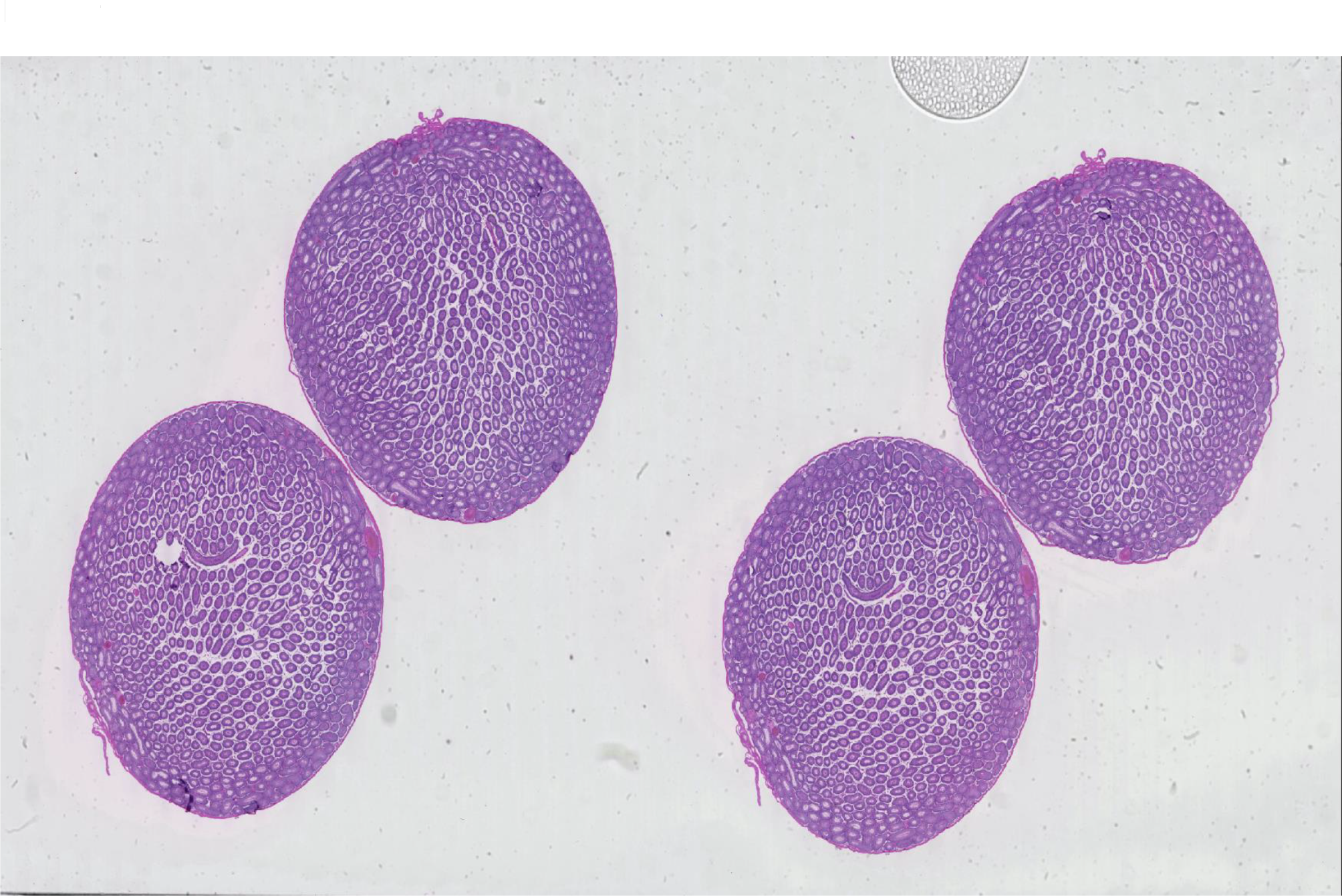2024-11-14 カリフォルニア大学サンディエゴ校(UCSD)
<関連情報>
- https://today.ucsd.edu/story/optical-biosensor-rapidly-detects-monkeypox-virus
- https://www.sciencedirect.com/science/article/pii/S0956566324009394
サル痘ウイルスの迅速検出のための無標識光学バイオセンサーベースのPOCテスト A Label-free Optical Biosensor-Based Point-of-Care Test for the Rapid Detection of Monkeypox Virus
Mete Aslan, Elif Seymour, Howard Brickner, Alex E. Clark, Iris Celebi, Michael B. Townsend, Panayampalli S. Satheshkumar, Megan Riley, Aaron F. Carlin, M. Selim Ünlü, Partha Ray
Biosensors and Bioelectronics Available online: 14 November 2024
DOI:https://doi.org/10.1016/j.bios.2024.116932

ABSTRACT
Diagnostic approaches that combine the high sensitivity and specificity of laboratory-based digital detection with the ease of use and affordability of point-of-care (POC) technologies could revolutionize disease diagnostics. This is especially true in infectious disease diagnostics, where rapid and accurate pathogen detection is critical to curbing the spread of disease. We have pioneered an innovative label-free digital detection platform that utilizes Interferometric Reflectance Imaging Sensor (IRIS) technology. IRIS leverages light interference from an optically transparent thin film, eliminating the need for complex optical resonances to enhance the signal by harnessing light interference and the power of signal averaging in shot-noise-limited operation to achieve virtually unlimited sensitivity. In our latest work, we have further improved our previous ‘Single-Particle’ IRIS (SP-IRIS) technology by allowing the construction of the optical signature of target nanoparticles (whole virus) from a single image. This new platform, ‘Pixel-Diversity’ IRIS (PD-IRIS), eliminated the need for z-scan acquisition, required in SP-IRIS, a time-consuming and expensive process, and made our technology more applicable to POC settings. Using PD-IRIS, we quantitatively detected the Monkeypox virus (MPXV), the etiological agent for Monkeypox (Mpox) infection. MPXV was captured by anti-A29 monoclonal antibody (mAb 69-126-3) on Protein G spots on the sensor chips and were detected at a limit-of-detection (LOD) – of 200 PFU/ml (∼3.3 attomolar). PD-IRIS was superior to the laboratory-based ELISA (LOD – 1800 PFU/mL) used as a comparator. The specificity of PD-IRIS in MPXV detection was demonstrated using Herpes simplex virus, type 1 (HSV-1), and Cowpox virus (CPXV). This work establishes the effectiveness of PD-IRIS and opens possibilities for its advancement in clinical diagnostics of Mpox at POC. Moreover, PD-IRIS is a modular technology that can be adapted for the multiplex detection of pathogens for which high-affinity ligands are available that can bind their surface antigens to capture them on the sensor surface.


